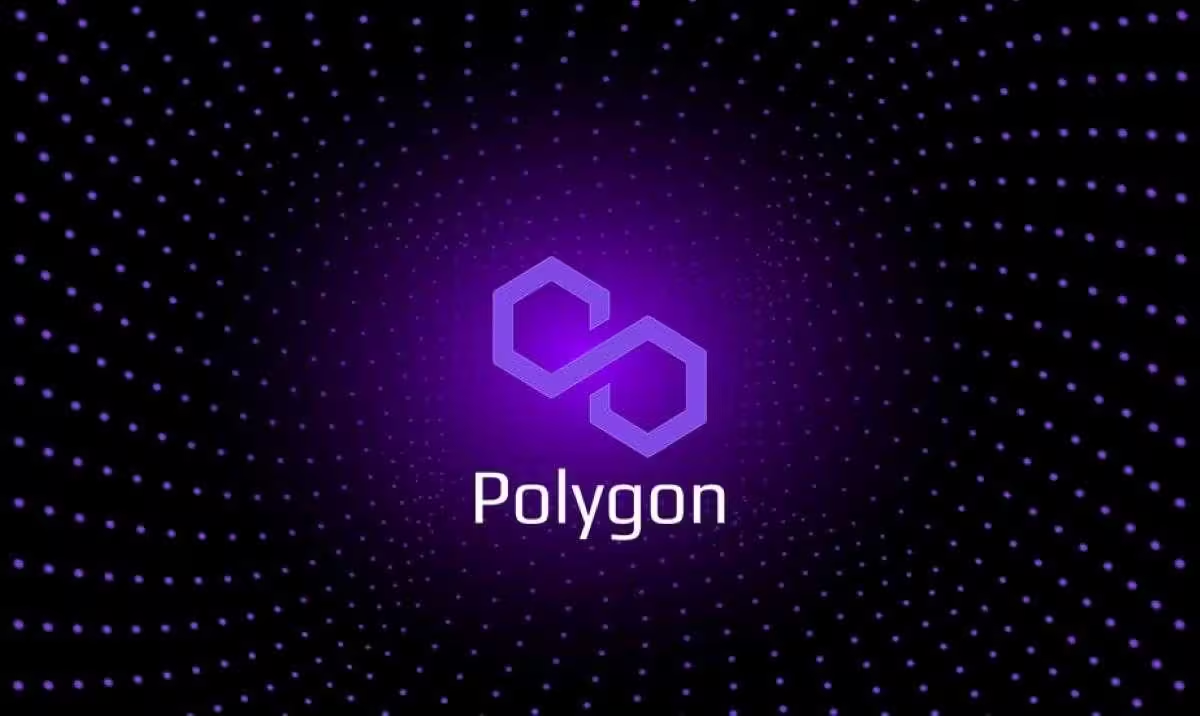
Polygon Labs, the driving force behind the popular Ethereum scaling solution Polygon, has announced a significant network upgrade. Starting September 4, 2024, Polygon’s native token, MATIC, will undergo a transformation into a new token called POL. This move, approved by the Polygon community, aligns with the network’s ambitious “Polygon 2.0” roadmap.
The upgrade aims to bolster Polygon’s ecosystem of zero-knowledge-based layer 2 chains while simultaneously enhancing the utility and functionality of its native token. This much-anticipated migration has been a recurring topic within the Polygon community, and the definitive date of September 4th provides clarity for users and developers.
From MATIC to POL: A New Era for Polygon
Following the upgrade, POL will assume the primary role for gas fees and staking within Polygon’s main chain, the Polygon PoS chain. Initially, POL will function within this core chain. However, future phases of the upgrade envision POL playing a more extensive role, potentially securing other blockchains within Polygon’s broader “aggregated” network, including the AggLayer.
“POL is designed as a hyperproductive token,” explained Polygon in a recent blog post. “It can be used to power valuable services across any chain within the Polygon network, including the AggLayer itself.”
A Seamless Transition for MATIC Holders
Fortunately, for those holding MATIC tokens on the Polygon PoS chain, the transition will be automatic. Their holdings will be automatically converted to POL after the upgrade. However, users with MATIC on other platforms, such as Ethereum, Polygon’s zkEVM rollup, or centralized exchanges, might need to take additional steps depending on the platform. This may involve bridging tokens, updating smart contracts, or utilizing a migration contract to ensure a smooth transition to POL.
It’s important to note that some wallets might still display “MATIC” even after the upgrade. This is because users might need to update their wallet’s RPC settings (settings related to communicating with the blockchain) to reflect the new token symbol, POL.
For developers and stalkers who have delegated their MATIC on Ethereum, their tokens will automatically convert to POL. However, they will have the option to opt out if they choose.
Testing the Waters: A Smooth Mainnet Launch
To ensure a seamless mainnet launch in September, Polygon initiated a testnet migration on July 17th. This test run allows the team to identify and address any potential issues, such as bugs or vulnerabilities, before the official upgrade.
The token migration represents a pivotal step in Polygon’s planned transformation, as outlined in its “Polygon 2.0” roadmap unveiled last year. This upgrade aims to expand the utility of the network’s native token. POL is expected to play a more prominent role in the upcoming Polygon staking hub, slated for launch next year, which will encompass block generation, zero-knowledge proof generation, and participation in Data Availability Committees (DACs).
Beyond this internal development, Polygon Labs is actively forging partnerships. They are currently collaborating with the TON Applications Chain (TAC) to bring Ethereum Virtual Machine (EVM) functionality to Telegram-linked TON. This exemplifies Polygon’s commitment to continuous innovation and expansion within the blockchain landscape.







